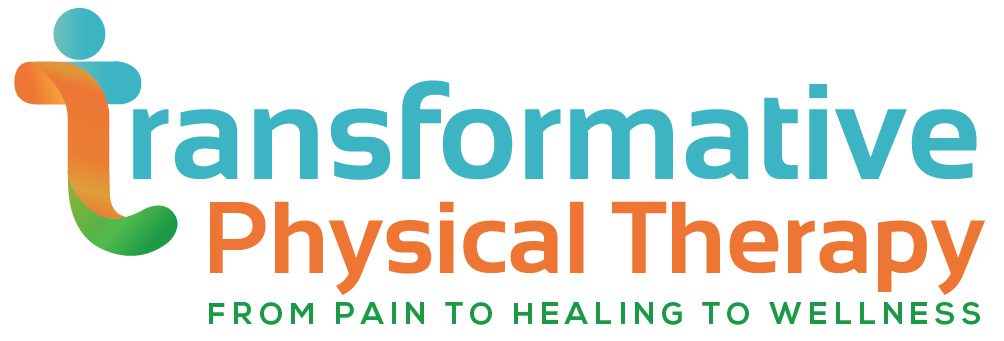I want to spend a few minutes and talk about the diaphragm and breathing. Did you know that breathing is the one process that is both under unconscious control, as well as volitional control? You can hold your breath, hyperventilate, slow your breath, increase the inhale or exhale. Almost any meditation, relaxation, yoga, exercise, weight lifting technique incorporates breathing techniques. It must be important, right? But, why?
As you breathe in, the diaphragm muscle contracts, dropping down, increasing the space in your chest cavity, moving air into your lungs by creating a negative pressure into the chest. If you didn’t have this negative pressure your lungs would collapse. As you exhale, the diaphragm relaxes, moves back into the chest cavity and air is expelled.
The vagus nerve is stimulated with breathing and influences all the organs of your body. It is the longest cranial nerve, coming from your brain and ending in the abdomen. The vagus nerve is the commander of the parasympathetic nervous system. This system calms you down, lowering your heart rate, blood pressure, aids digestion, and important for relaxing all the organs. This results in decreased stress and inflammation throughout your body. The vagus nerve can even help protect you from inflammatory diseases. It is in direct opposition of the sympathetic nervous system which is the “flight or fight” system. The sympathetic nervous system causes your heart to race, your palms to sweat, your mouth to go dry, stomach upset, inability to speak, shakiness – all the symptoms of anxiety and stress. It is related to levels of cortisone and adrenaline in your body.
The vagus nerve is most stimulated with exhalation. Breathing can wake up the vagus nerve, calm you down and help your body heal. So how do you make it stronger? With breathing exercises and learning to better use your diaphragm and move your ribs.
Many people think a good diaphragm breath is when your belly swells and chest lifts. The ribs should also move. Place your hands on each side of your body and take a breath in. You should feel your ribs flare out to the side and even expand in the back. They will flare out as you inhale and come in as you exhale. This can be felt by placing your hands on each side of the ribs. The lower ribs move like a bucket handle, moving in an arc or C shape.
Try to take a breath in through your mouth and let the ribs open, feel the space between where the inhale starts and where the exhale begins, and then blow the air out through your mouth and feel the ribs come back together. See how much you can make the ribs change position, increasing their excursion. Again, you will feel a space before the inhale. When you begin to feel the ribs better, try breathing in and then see how long you can exhale. Remember, the exhale is most stimulating to the vagus nerve.
In a study of patients with chronic low back pain they found an increased respiratory rate, decreased rib excursion and a shorter exhalation.1 They also found the people with pain had increased belly expansion and decreased filling of the diaphragm in the back and sides. Chronic neck pain has also been found to be associated with decreased pulmonary function.2One of the findings was less air expelled from the body. A slouched posture also leads to less rib mobility and decreased diaphragmatic breathing.
It’s exciting to think that improving diaphragmatic breathing and rib mobility can help our bodies to heal and improve all its functions. You can begin to be transformed by working your diaphragm and moving your ribs. There are many apps to help you learn to meditate and focus on breath, such as HeadspaceTM and CalmTM. Next time, I will begin to look at posture and how it too can change.
- Vostatek P , Novak D, Rychnovsky T, Rychnovsky S. Diaphragm postural function analysis using magnetic resonance imaging. PLoS One. 2013; 8(3);doi:10.1371/ journal.pone.006724;PubMedCentral:PMCID:PMC3597716.
- Dimitriadis Z, Kapreli E, Strimpakos N, OldhamJ. Pulmonary function of patients with chronic neck pain: A spirometry study. Respiratory Care. 2014 April; 59(4):543-549.
